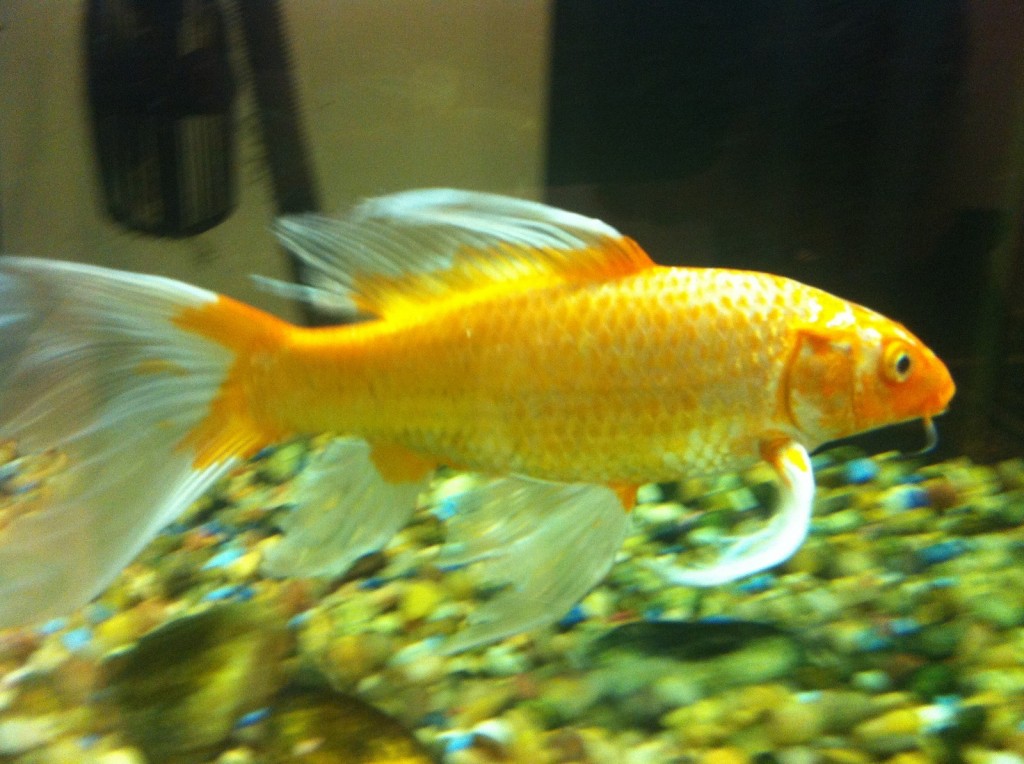
It's never fun to realize your pet is ill as a pet owner.
Our animals are very important to us and we dedicate a lot of time and effort to providing them with adequate care, so it can be heartbreaking to hear that they aren't doing well.
It can be especially difficult to diagnose and treat illness in fish since they can't communicate discomfort like humans can.
Learn how to recognize koi sickness symptoms for common illnesses to help you better diagnose and treat your pet.
Koi Sicknesses
The koi fish is generally a very hardy fish, so they are able to endure many different situations.
For the most part, they are healthy fish and are not plagued by many illnesses.
There are still some issues that may affect the koi population or individual fish in your pond.
Taking a closer look at some of the most prevalent illnesses will help you understand what is going on.
Koi fish for sale (Ich)
There are several fish diseases that are well known, including Ich. Ich can infect almost all types of fish, which are often characterized by white spots on the body and fins.
This is a certain indication of Ichthyopthirius Multifiliis, but you can look out for other symptoms to help you diagnose your koi more precisely.
Because it is a protozoan parasite, fish suffer from a lot of discomfort from this disease.
Consequently, they may clamp their fins tightly against their body and rub against things in their pond to scratch the white spots which actually represent holes where Ich protozoa burrowed into their skin.
As well as cloudy eyes and a decreased appetite, milder cases may not even show these symptoms.
Dropsy
Infections induced by parasites, bacteria, or viruses may cause dropsy.
An underlying liver disorder can also trigger it.
Rather than being a disease, dropsy signals the presence of some other problem.
Due to the fluid present, it makes the fish's belly appear distended.
Their ability to swim can also be affected, and their tissue and scales can protrude.
Flukes
In addition to gill flukes, there are also skin flukes.
Both can cause your fish to be very uncomfortable, resulting in several different symptoms that are fairly easy to spot.
If your fish have gill flukes, they may appear restless, gasp for oxygen at the top of the tank, leap from the water, and thrash about.
Fungus causes itching, lesioning, rashes, scale loss, thrashing, clamped fins, and sluggishness.
The conditions listed above can be very uncomfortable and should be remedied as soon as possible since they can be fatal if not treated.
Definitely bad news about these parasites.
Trichodina
An additional protozoan parasite is Trichodina, which can cause lethargy, gasping for air, thrashing, and the appearance of red and painful lesions in the water.
It can cause a rash filled with lesion and cause your koi to die since it decreases the oxygen in their bodies.
Because Trichodina can survive in cold water, it can be more easily spread, especially in highly stocked ponds.
Anchor Worms
There are very few parasites that infest kois that you can actually see, Anchor Worms appear as tiny threads hanging from your koi.
The parasites attach themselves to the fish by sliding under a scale, usually near the gills, and sucking blood with their anchor-shaped heads.
Especially if your pond is overstocked, they multiply quickly and can spread quickly.
It is also difficult to remove them because not getting the head out when pulling them off can result in serious infections.
The yellow spots on the body, scratching on the surface of the water, lethargy, floating, thrashing, red spots, and irritated skin are also symptoms of anchor worm infestation.
best koi suffer from fin rot, a disease caused by poor water quality and unregulated temperature.
Koi fins affected by this condition will appear ripped or shredded instead of as one solid piece.
As a result of this, the koi may have trouble swimming, especially if the case is severe, and even be unable to access food.
Since fin rot is contagious and makes fins delicate, a quarantine is recommended to avoid causing further damage to your fish or spreading it to others.
Moreover, koi fin rot can also be caused by stress, so do not overcrowd your pond or put it in an unsafe place for fish, or else you will likely have to deal with recurring problems.
